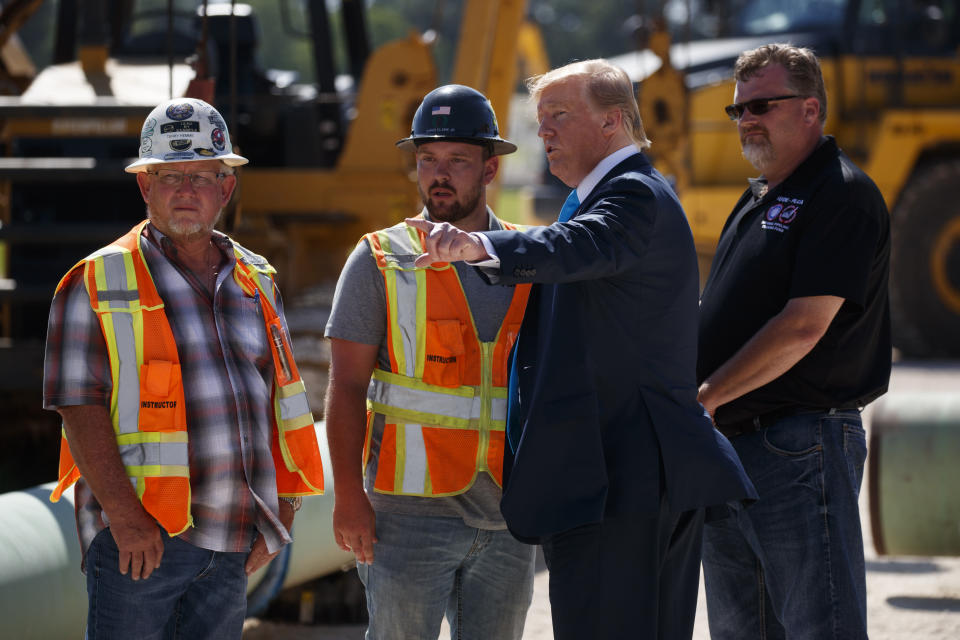The U.S. cities with the best and worst transportation
This article was originally published on Yahoo Finance.
Seattle came out on top of WalletHub’s report on the U.S. cities with the best and worst transportation. Along with cars, Seattle features a light rail service, bus, streetcars, and a commuter train. It’s the third-best city for the shortest average commute time by public transit.
Other cities in the top include San Francisco, Washington D.C, and New York City. In order to compile its ratings, WalletHub compared a variety of factors across three key dimensions: accessibility and convenience, safety and reliability, and public transit resources.
Yet, according to Joseph Kane, senior research associate at the Brookings Institution, “it’s hard to compare” Seattle versus cities like New York and Boston.

“In some ways, you really do need to look at the regional specific concerns. To me, if I am a resident or a transportation user right in Seattle, what would matter to me is really more than accessibility and convenience score. Is transit actually providing a safe, reliable, cost-effective, and equitable option for me to get around?”
‘Infrastructure is the foundation to both economic growth and opportunity’
According to Value Penguin, Washington D.C., San Francisco, and Boston are the biggest metros with the cheapest public transit rates. On the other end of the spectrum, the most expensive are Los Angeles, Miami, New York, and Philadelphia.
Philadelphia not only has some of the highest annual ticket prices for public transport relative to median household income, but it also has one of the highest average ages of public transit fleet.
Yet most of the cities deemed to have the worst transportation are in lesser populated areas of the country. Why?
“You see a lot of places that have more sprawl have a greater reliance on cars in general,” Kane said. “You haven’t seen as much investment in transit or in some of these other multi-modal infrastructure options. If these places aren’t making plans and aren’t making investments in transit, is it any surprise that people aren’t going to rely as much on those systems?”

It stems from how much infrastructure investment these cities are putting in, particularly towards public transit. For example, top city Seattle is fifth among the cities with the lowest average lifetime miles per active vehicles, indicating that many of the residents use public transit to get around instead.
“Ideally, infrastructure is the foundation to both economic growth and opportunity,” Kane said. “Unfortunately, in many places, we look at a lot of this from an engineering perspective of channeling money into the same types of projects, not having enough money to put into projects, and not really looking at the economic right of these projects.”
Happy Infrastructure Week
President Donald Trump pledged to make infrastructure a top priority of his presidency. Back in April 2019, he reached a $2 trillion deal with Democrats to upgrade the country’s highways, railroads, bridges, and broadbands.
But Infrastructure Week seemingly came to a halt after Trump grew angry at House Democrats for their investigation into him regarding his finances and Robert Mueller.

Despite these setbacks, Kane said that he is seeing “more conscious efforts” as it relates to investments in transportation.
“How does [investment] relate to the neighborhoods that people are coming and going to?” Kane said. “That’s probably a more accurate and honestly valuable way of thinking about our transportation system in conjunction with our land use patterns. ...
“If we don’t have that clearly articulated vision and strive to provide that service for where people demand it, then these systems probably aren’t going to be providing that reliability and affordability we really demand today,” Kane said. “We need to support transit.”
Read more information and tips in our Travel section
Read more personal finance information, news, and tips on Cashay





